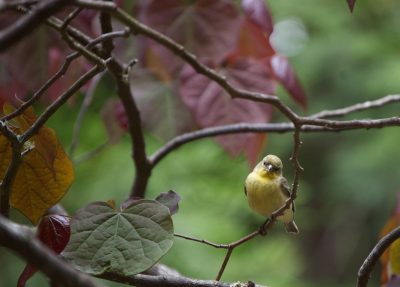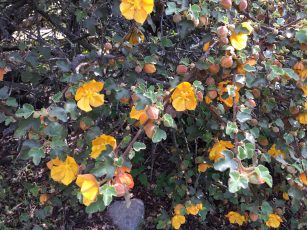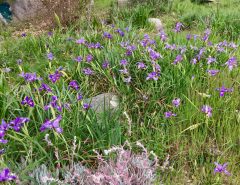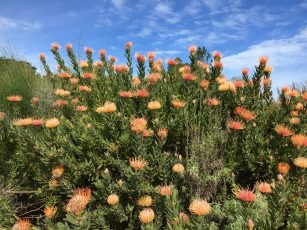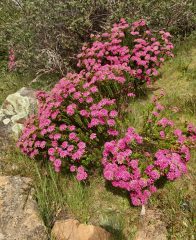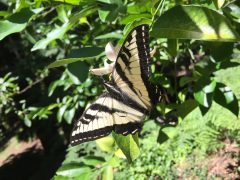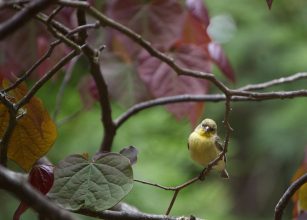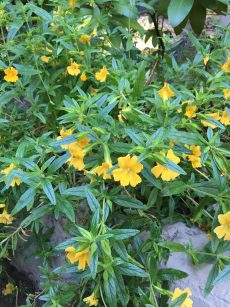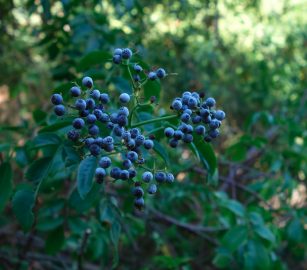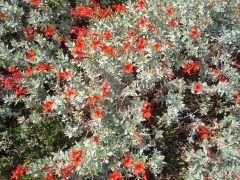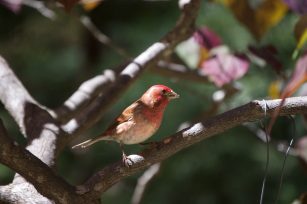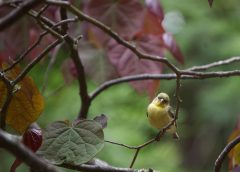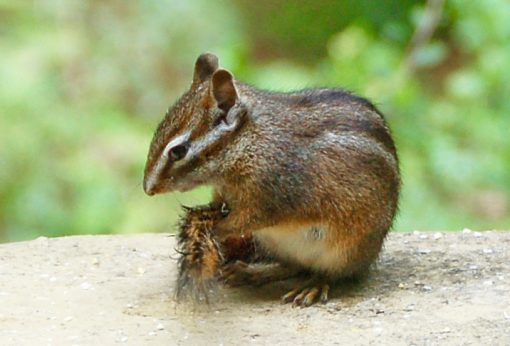
The battle is on. I?ve gotten new bird feeders in an effort to thwart the squirrels. Hopefully, I?ve slowed them down. The chipmunks are so cute I?ve just given them free range. The suet feeders attract beautiful Townsend warblers daily in addition to pygmy nuthatches, chickadees, juncos, purple finches and lesser goldfinches. Did you know that lesser goldfinches are perfect mimics and can belt out the songs of 15 different birds in succession? Amazing.
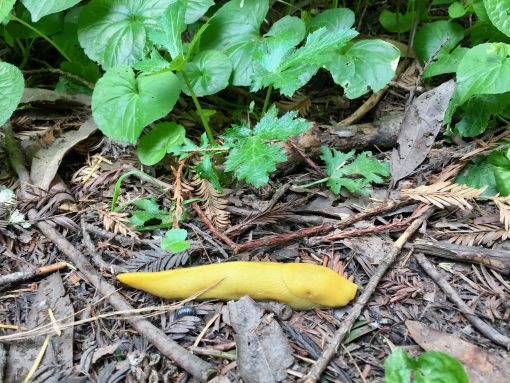
I have an Autumnalis flowering cherry that?s in full bloom again for the third time in a year. I love this tree. I?ve had to up my banana slug relocation program efforts during this moist weather. They are scavengers feeding on detritus and small dead insects on the forest floor so I?m sure they are happy when I relocate them to other parts of my property. Banana slugs reproduce year round. They live up to 7 years and move over 6 inches per minute which seems slow until you relocate one and within a short time it?s back on the patio.
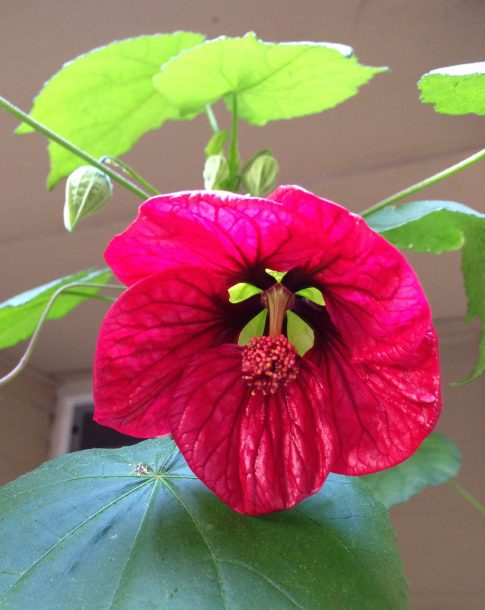
The hummingbirds are happy with the flowering maples (Abutilon) that bloom nearly year round plus I have several nectar feeders to provide food until the flowers in the garden start to bloom. I?m waiting patiently for the buds on my pink flowering currant to start showing color. They?re still pretty small at this stage but I?ve assured my hummingbird population that soon they will have long clusters of nectar-rich flowers to visit. When I was out pruning last week I didn?t touch this plant otherwise I?d have cut off all those potential flower clusters loaded with nectar. This is what I did do in my garden.
The mild-ish winter, so far at least, has encouraged many of my plants, normally still dormant at this time of year, to start growing for the season. What?s a gardener to do when the roses, fuchsias, oakleaf hydrangeas and many other plants aren?t even dormant?
Cut back woody shrubs to stimulate lush new growth. Trim plants like Mexican bush sage and artemisia to within a few inches of the ground. Don’t use this approach on lavender or ceanothus, though. Lightly prune those after blooming later in the season and don’t cut back to bare wood inside the plant.
Prune fuchsias back by a third and remove dead, crossing branches and interior twiggy growth. My fuchsias were starting to grow and bloom already so this was hard for me to do but because fuchsias bloom on new wood it was necessary. Container fuchsias can be cut back almost to the pot rim. Do this right away if you haven?t already done so.
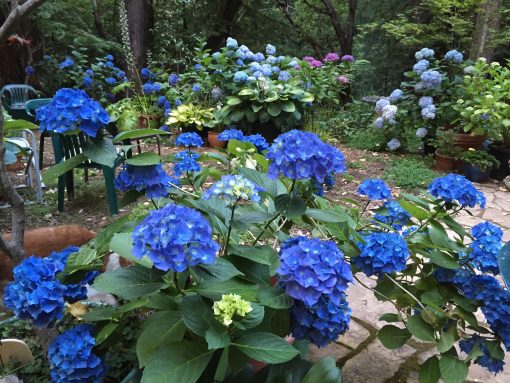
Cut back hydrangeas stems that bloomed last year and apply a soil acidifier if you want the flowers blue. Although aluminum sulfate is the traditional favorite for quickly acidifying soil it?s not as kind to beneficial soil microorganisms. Coffee grounds, pine needles, peat moss and cottonseed meal are better for your soil.
Don’t prune spring flowering shrubs like lilac, weigela and spirea or flowering trees such as cherry, plum and crabapple now. These and evergreens like rhododendrons, azaleas and camellias should be pruned after they flower. You can cut some branches while they are blooming to bring into the house for bouquets.
Wait to prune back perennials that may have their new foliage damaged in a late frost. Same goes for shrubs that might have gotten hit by frost. That damaged foliage can protect the plant from further frost damage. Mid-March is the estimated date of hard frost in our area or at least it used to be. We gardeners are always betting Mother Nature will go our way and our efforts will not have gone in vain.
Prune fruit, nut, shade trees and deciduous vines like clematis.
Cut back ornamental grasses. I?m pruning California fuchsia, salvia ?Bee?s Bliss? and hummingbird sage now. They look okay now but I want the encourage new, compact growth.
So that?s what?s happening in my world. How about yours?

